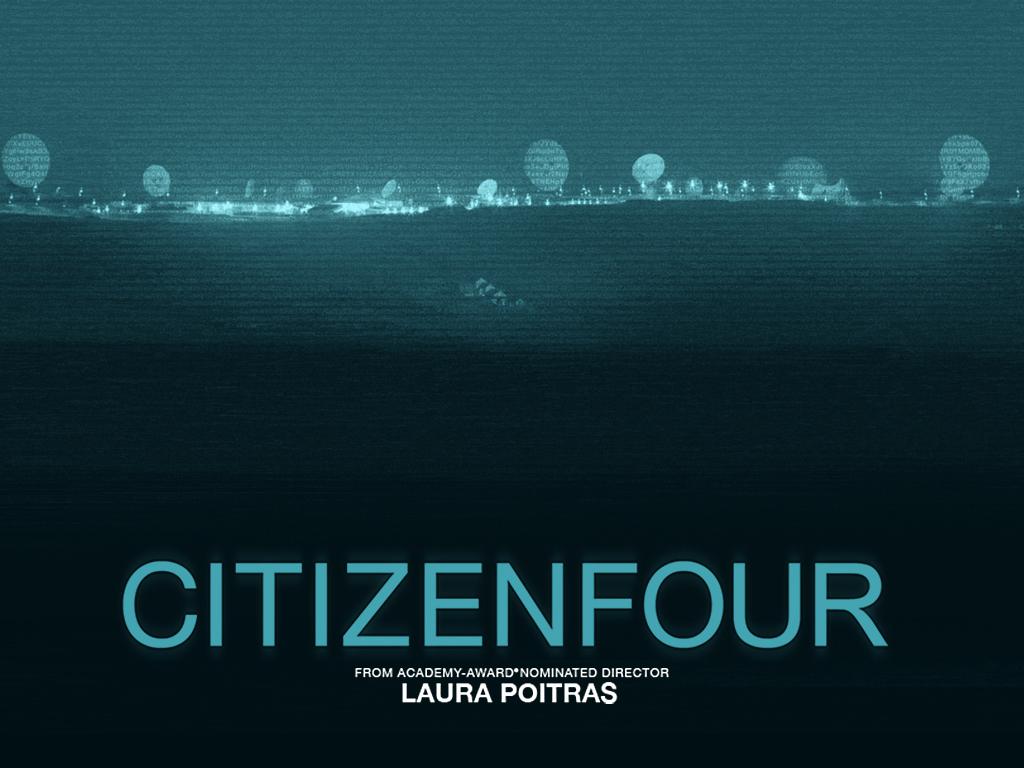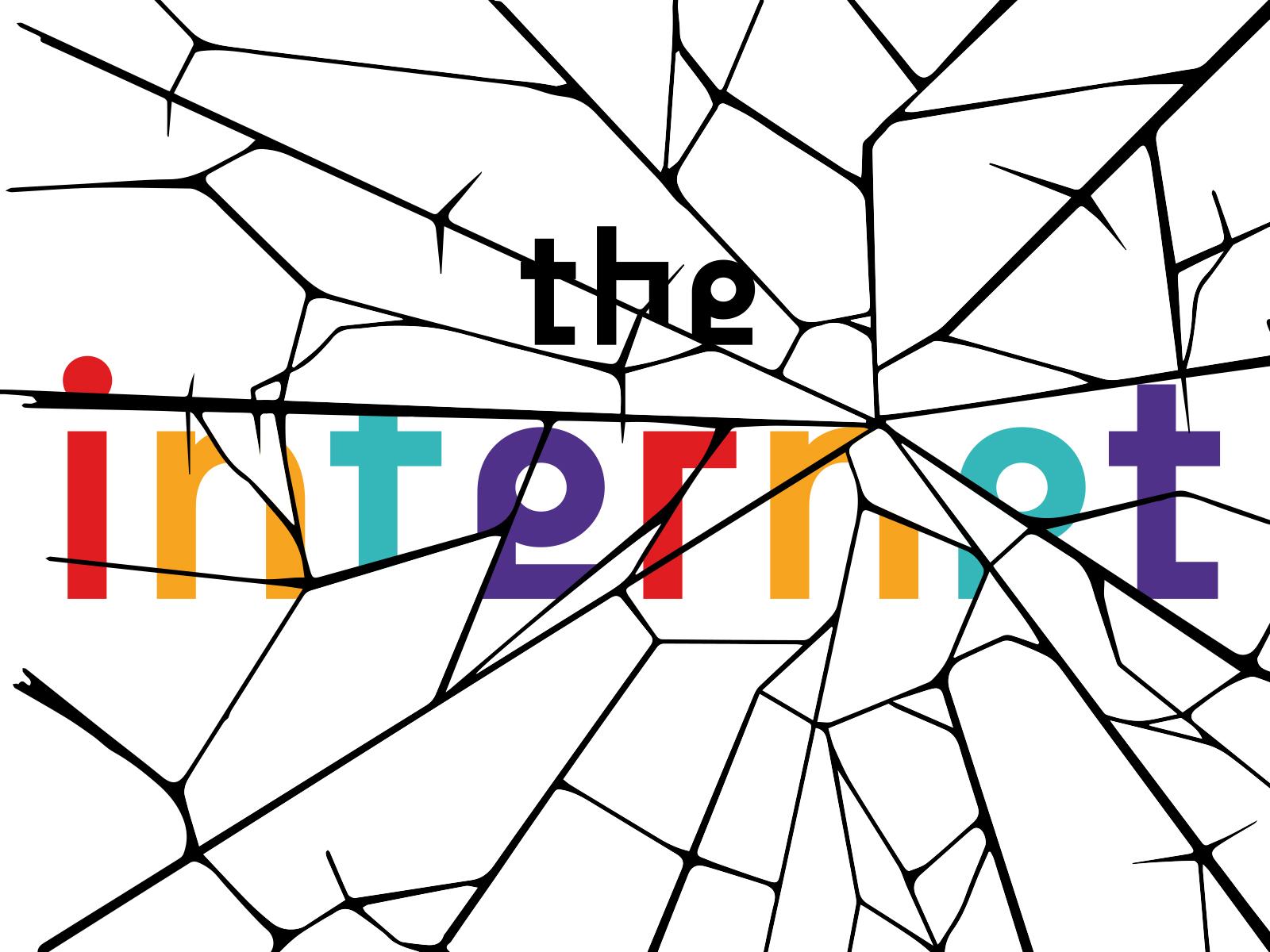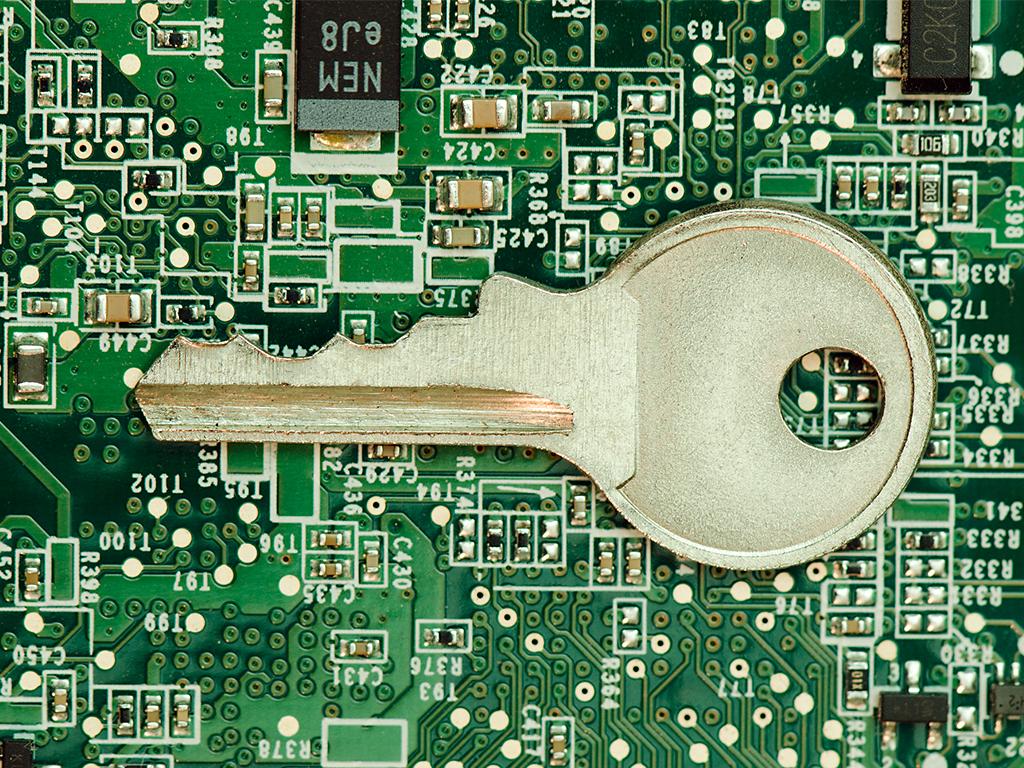At the end of May 2015, Laura Poitras’ film CitizenFour will be shown in the Dutch cinemas. This absorbing documentary follows film-maker Laura Poitras and journalist Glenn Greenwald as they make contact with the whistleblower and unleash a media storm.
CitizenFour: "Burning bridges is a great way forward"
A woman receives an email…
Watching CitizenFour, the new documentary from Laura Poitras about the Snowden revelations, is a lot like reading Carl Bernstein's book about investigating Watergate in the 1970s, All the President's Men (the book, not the movie, because the book was factual and the movie was re-enactment): you know what happened, but not necessarily how. This movie, Poitras explains at the beginning, is the third in a trilogy about the US response to 9/11: the first was on the Iraq war, the second on Guantanamo.
That first email from Snowden, who referred to himself as 'CitizenFour', told Poitras he had information to give her, but that they'd need to set up secure communications. Some months earlier, he'd made a similar approach to Glenn Greenwald, but the connection had foundered on just that point. Poitras managed to perform the necessary tasks, and not long afterwards, she and Greenwald were meeting a nervous young man in a Hong Kong hotel room.
After that, the flood. Greenwald's articles for The Guardian turn into worldwide headlines documenting endemic communications surveillance by the NSA and GCHQ. The media pursue everyone involved, resulting in more stories. The Guardian frets nervously about what it can and cannot — or should and should not — publish, and then is forced to destroy some hard drives. The spying is found to include Angela Merkel's mobile phone and the personal information of millions of Brazilians. There are hearings: in Washington, the EU, and the Brazilian Parliament. President Obama tells the press that he does not consider Snowden a patriot, and a review had already been ordered that would have led to a proper public debate. Snowden is spirited away to the UN, then to Moscow, where his long-time girlfriend eventually joins him. By the end, Greenwald and Snowden, aware that every communication may be intercepted (and, obviously, filmed), are communicating by scribbling on scraps of paper. They are advised to meet — like Deep Throat in the Watergate investigation — in person, in a garage.
Snowden was not the first whistleblower to try to alert the world to endemic spying, but he was the first with documentary proof. One of the more frequently seen characters in the movie is William Binney, who had been laying bare NSA programs at conferences — including HOPE 2012 — for some time. They complain about "going dark" he said there, but they have access to more data than at any time in history.
(Read more at ZDNet)


